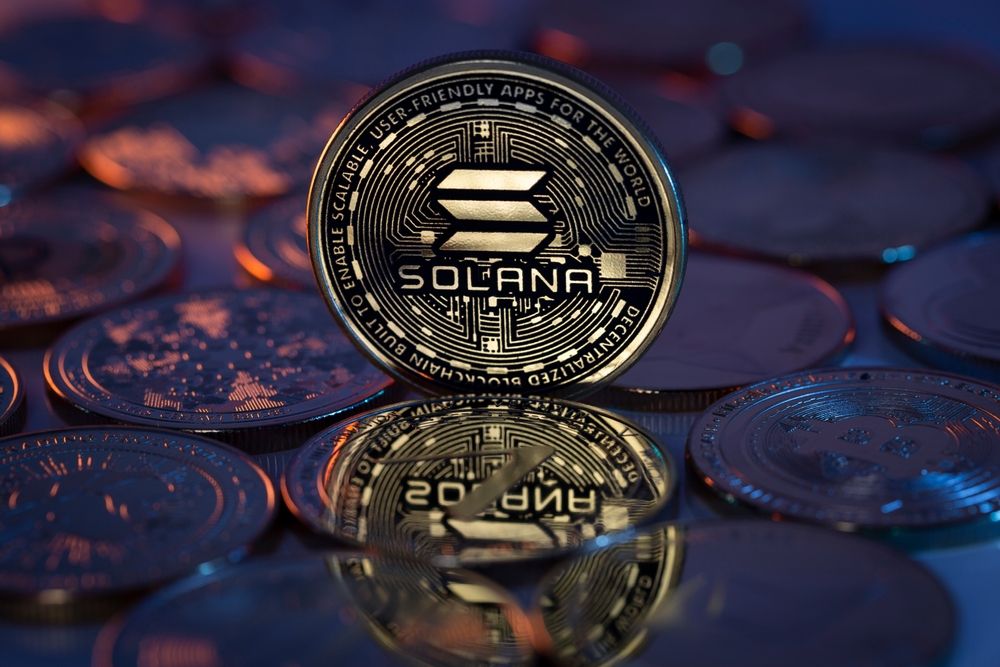Solana announced the successful development of the cryptographic technique to safeguard the network from quantum threats.
Bolstering cybersecurity for the crypto space is a critical constituent of the evolving digital assets world. Solana developers acknowledge that as more institutions and individuals embrace its network, the transition presents unique vulnerabilities necessitating security measures.
Solana Attains Quantum Proof
On Friday, January 3, X post, the Solana team revealed that they were developing a quantum-resistant vault using the cryptographic technique to shield users’ funds from future attacks from quantum computers. The developers identified the quantum proof solution as Solana Winternitz Vault, which introduces a hash-based signature system capable of generating new and unique keys for each transaction.
The vault resolves a vulnerability within blockchain technology where quantum computers can crack the cryptographic algorithms deployed to secure digital wallets. Notably, users expose public keys every time they sign transactions. The process offers a sufficient window for advanced quantum computers to derive private keys via the Elliptic Curve Digital Signature Algorithm.
The developer explained that the vault is an optional feature, thus different from the network-wide security upgrades. With no fork in sight, it mandates users to actively settle on storing funds within the Winternitz Vaults rather than regular Solana Wallets to experience the quantum proof for their funds.
Dean Little, who led the project development, revealed using the Lamport’s work to safeguard the lamports. As such, the quantum-proof vault leverages a cryptographic protocol named Winternitz One-Time Signatures.
Dean Little explained that the quantum-proof system generates 32 private key scalars, each with 256X, to attain a public key. The system refrains from storing the public key wholly; instead, it only stores the hash for verification. The vault closes and opens whenever a transaction occurs with new fresh keys generated.
The program mirrors a user getting a new credit card when paying. It erodes vulnerability as hackers cannot guess the number before payment.
Little added that though nobody can hash backwards, one can leverage the previous value to hash forward. It implies that each signature has a 0.5 probability of compromise for future transactions, a reason for the vault to generate new keys after concluding each use.
Quantum Proof in Blockchain
While the recent achievement of a quantum-proof vault is a critical step for the Solana network, it is not new. David Chaum, popularly identified as the crypto godfather, unveiled Praxxis five years ago to resolve the quantum computing threats. He led a team of developers to create a consensus protocol to address scalability, security and privacy challenges while resisting quantum attacks.
The conversation surrounding quantum resistance in digital assets has dominated the space for a while. The discussion gained momentum following the revelation by Google of attaining quantum supremacy in 2019.
Google reported that its 53-qubit computer attained unprecedented computational power by executing calculations in 200 seconds, which would ordinarily take existing computers over 10,000 years. A recent report illustrated that Willow chips took five minutes to calculate the fastest supercomputers, which could take seven septillion years.
Pursuit for Quantum Resistant Solution
Cornell University researchers observed that 1,000 qubits are necessary to crack the 160-bit elliptic curve key, surpassing the currently available.
Several blockchain projects are proactive in this pursuit, particularly with QAN already reporting attaining quantum hardness in the beta phase. Other protocols are quietly upgrading the cryptographic foundations.
Several developers indicate that quantum computing power could scale to double exponential rates, identified as Neven’s Law. The forecast is prompting more blockchain developers to deploy quantum-resistant solutions even though the super quantum computers are decades from posing a threat to the present cryptographic standards.
While quantum proof seems to be an overkill for crypto projects, Web3 developers are two steps ahead. It explains why they process a few hundred per second despite the scale of resources allocated towards handling thousands and millions per second.
